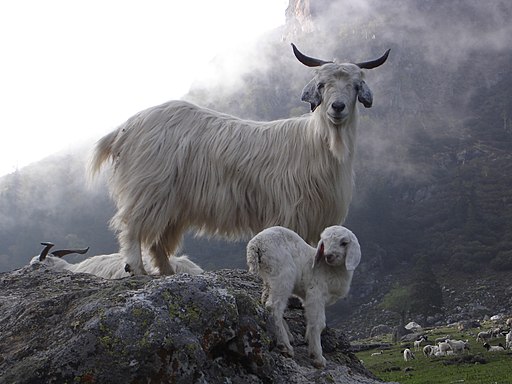Great Himalayan National Park (GHNP), a UNESCO World Heritage Site, is spread over 1,171 square kilometers, at an altitude of 1500 to 6000 meters, among the mountain peaks of Kullu, Himachal Pradesh state in India.
UNESCO classifies the Great Park as one with outstanding significance for biodiversity conservation. The park is at the junction of the world’s two major faunal regions.
The Park has more than 375 species of fauna. Hunting is strictly prohibited. Himalayan Thar, Himalayan Brown Bear, Blue Sheep, Musk Deer, and Snow Leopard are the common animals in this park. Around 181 species of birds are found in this national park.
This Himalayan Park, one of the significant high-altitude national parks in India, is also rich in Flora. It ranges from pines, spruce, horse-chestnuts or conker trees, alpine herbs, junipers, etc, home to a great diversity of floral life.
This Himalayan National Park, GHNP, conducts pre-trek daily meetings at its headquarters at Shamshi (near Kullu). Those who are interested in trekking the mountains are advised to attend this meeting,
How Do I Go to The Great Himalayan National Park, GHNP?
The Himalayan Park is situated in the Kullu Valley. Kullu Valley is accessible by road. Kullu Airport is around 63 kilometres from GHNP.
The capital city of India, New Delhi is around 500 kilometers from Kullu. Chandigarh railway station is the nearest major railway station to The Great Himalayan National Park.
Pathankot Junction railway station in Punjab is another major railway station from where narrow gauge trains (toy trains, as it is popularly known), are available up to Joginder Nagar (Mandi). From Joginder Nagar, you may hire a cab, to complete the last leg of around 143 kilometers to Kullu.

